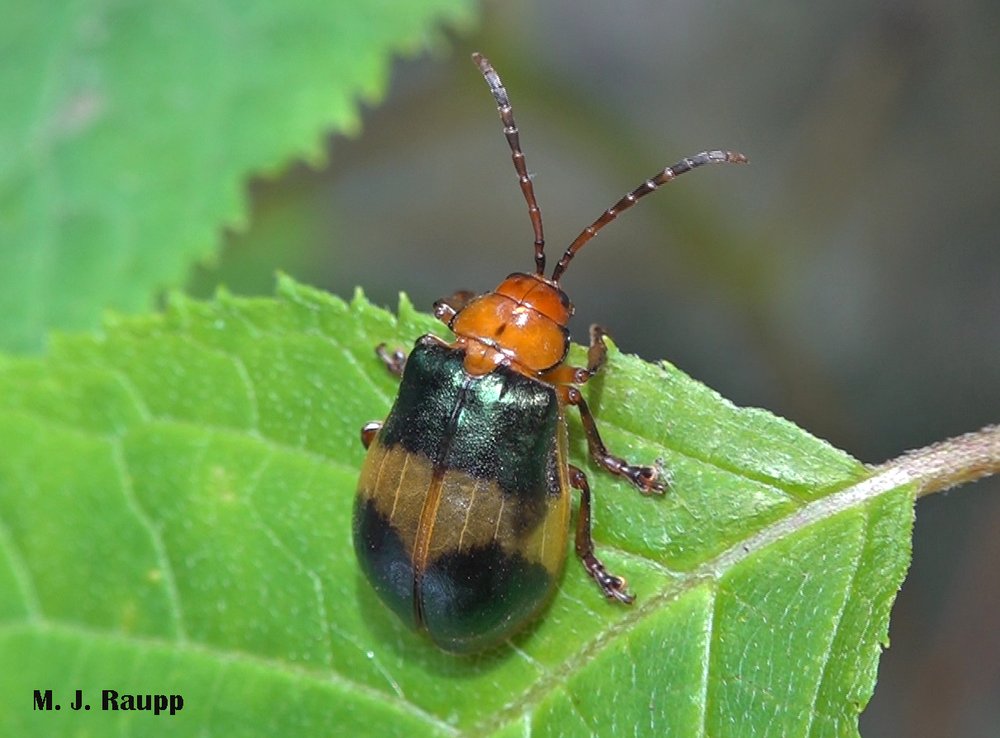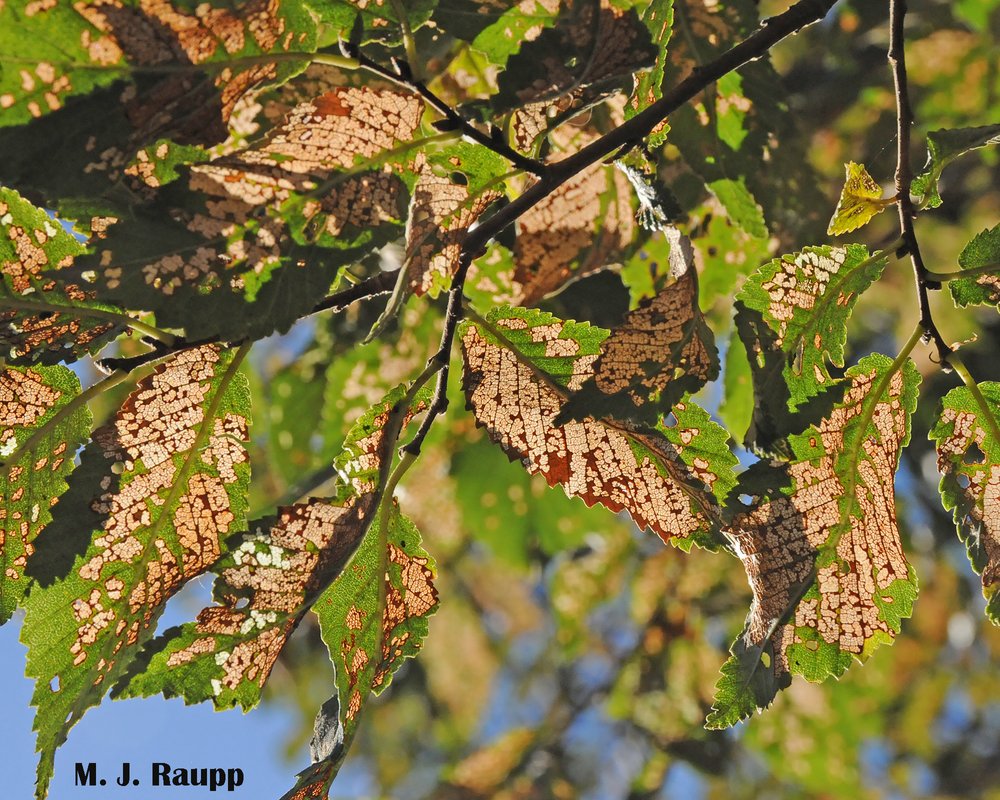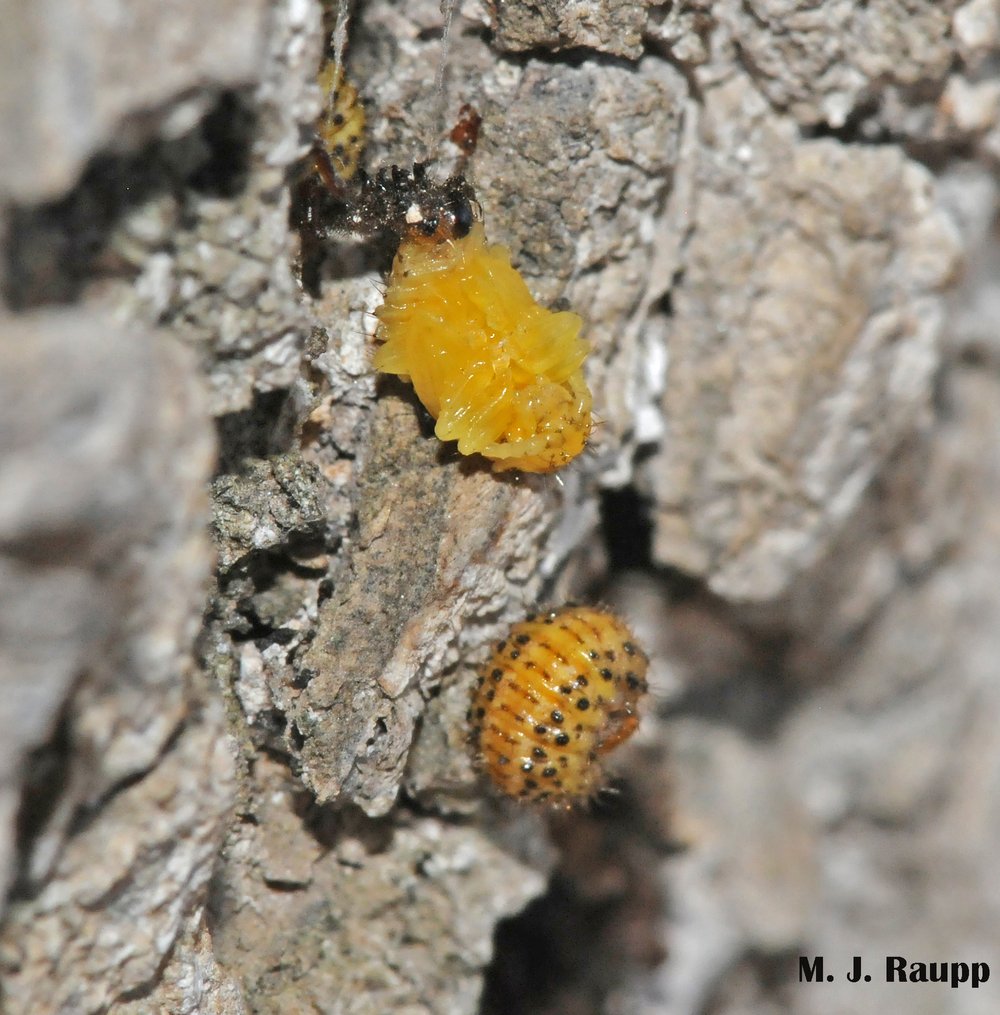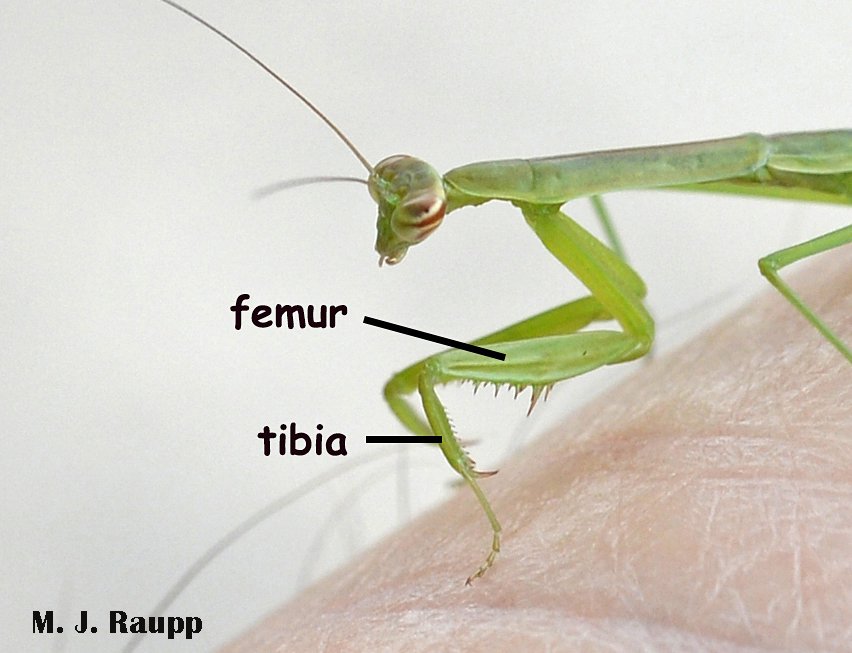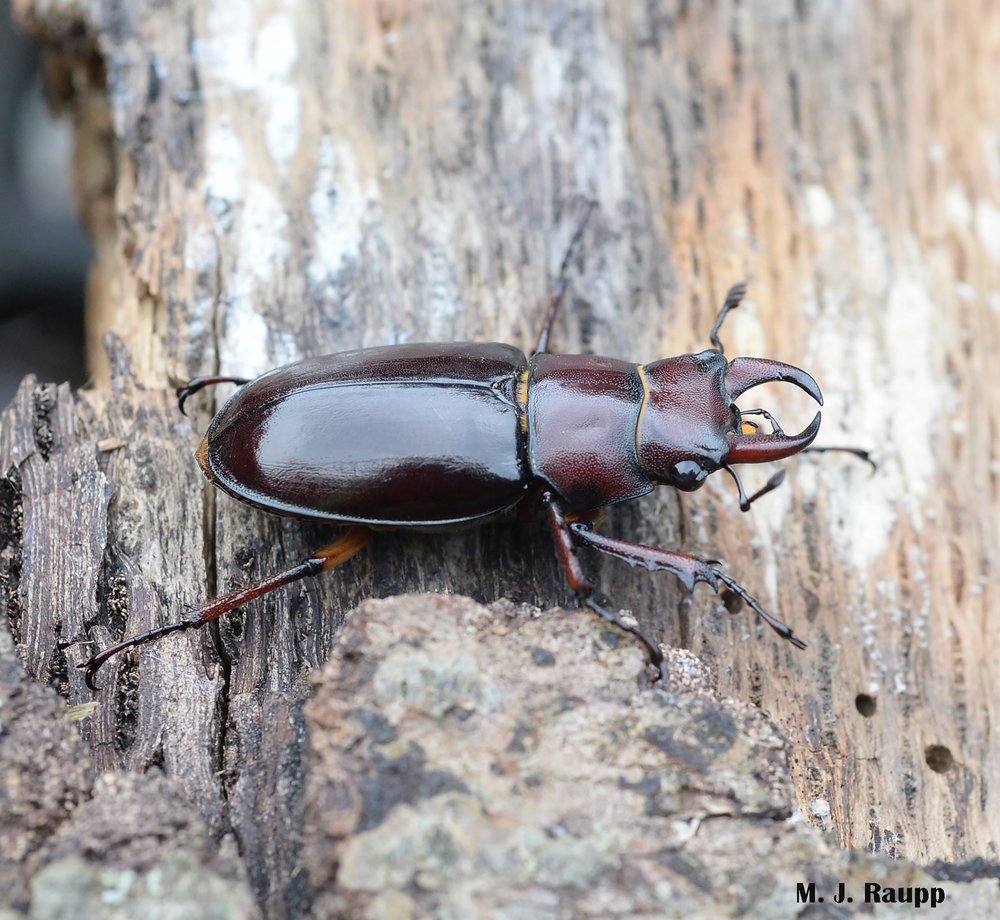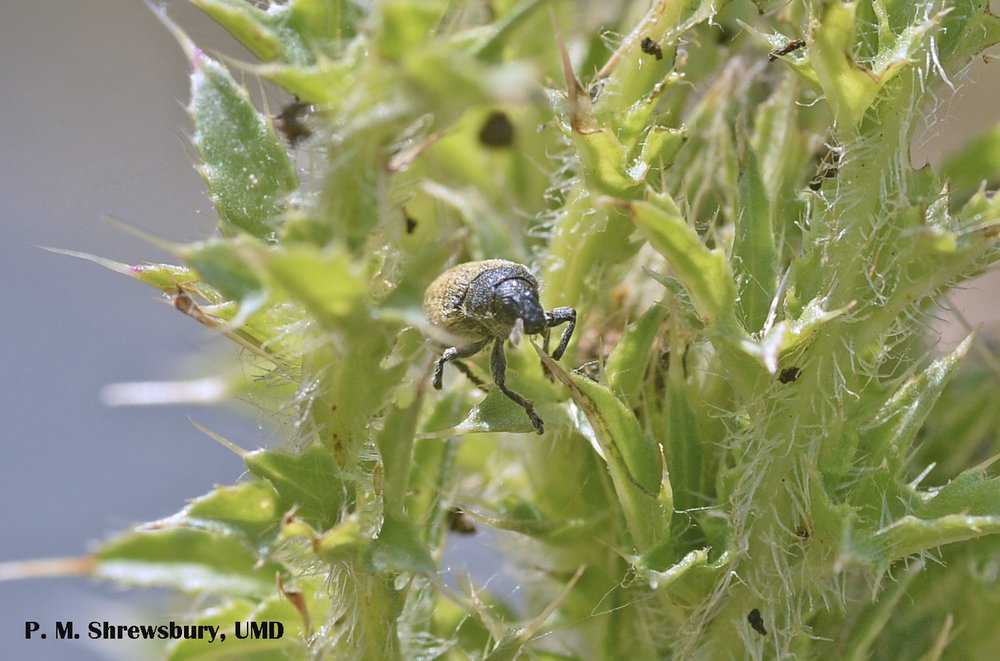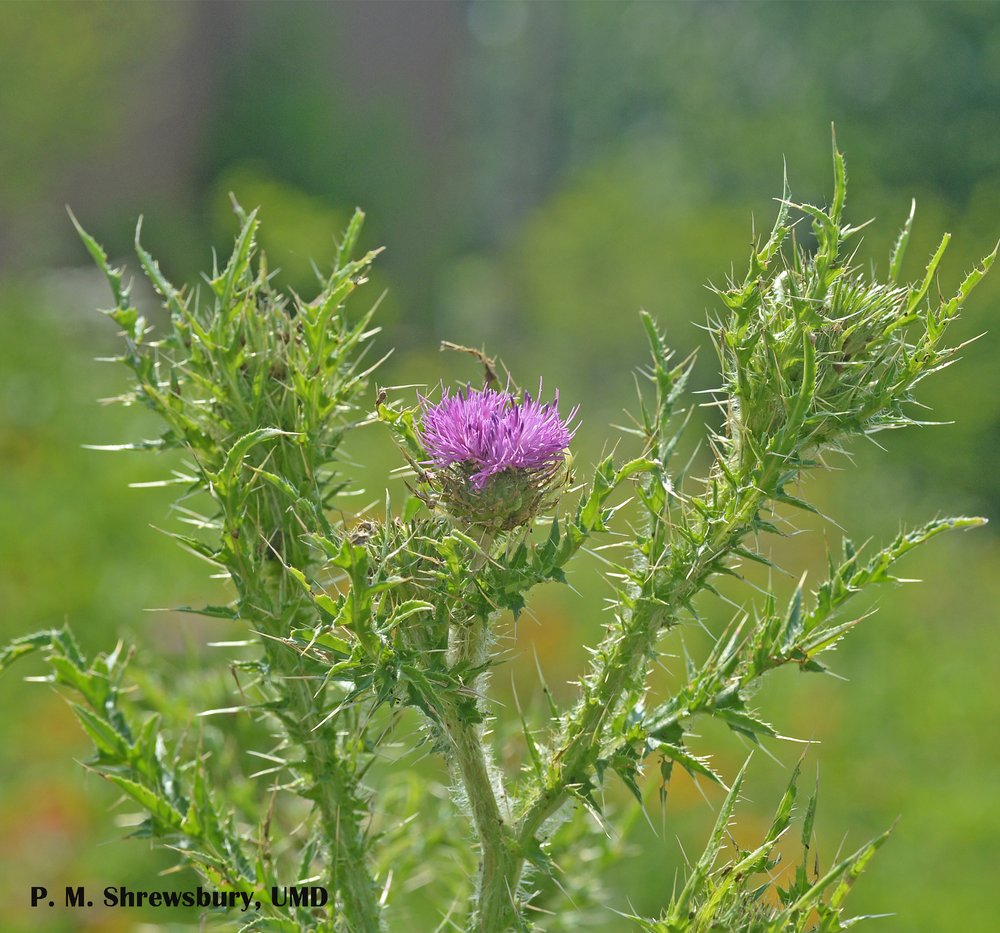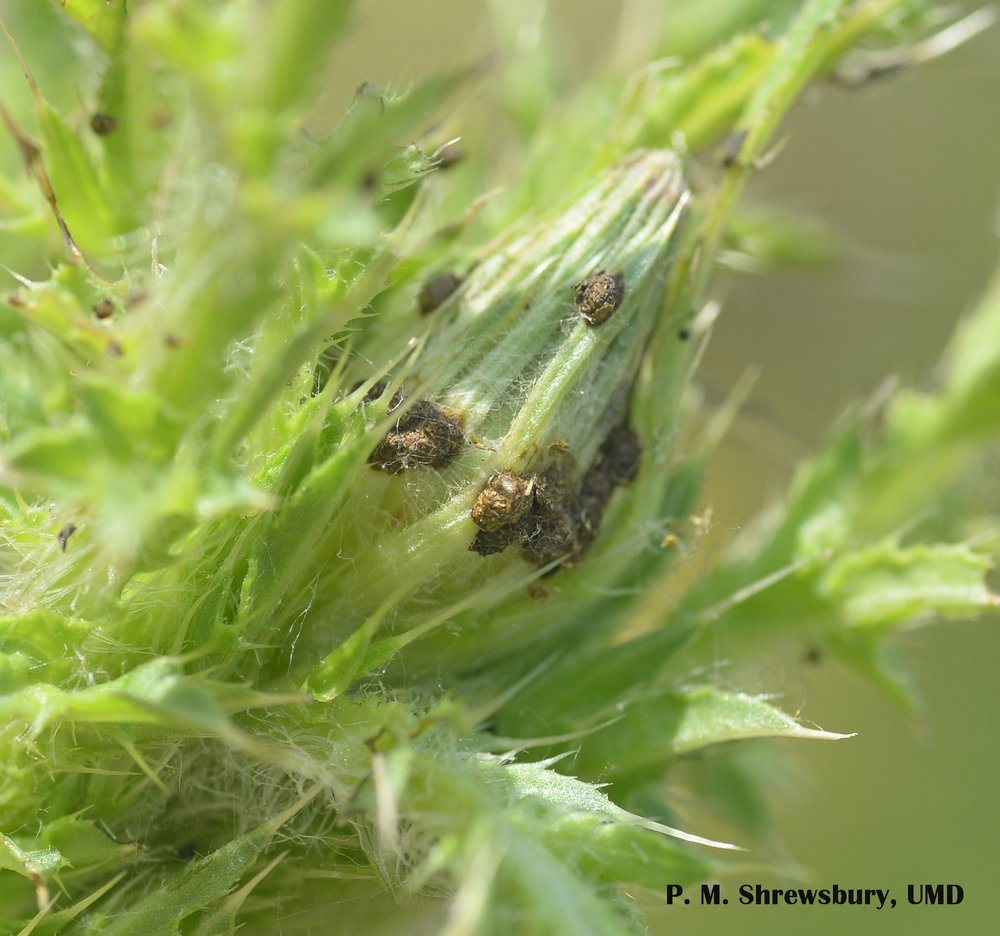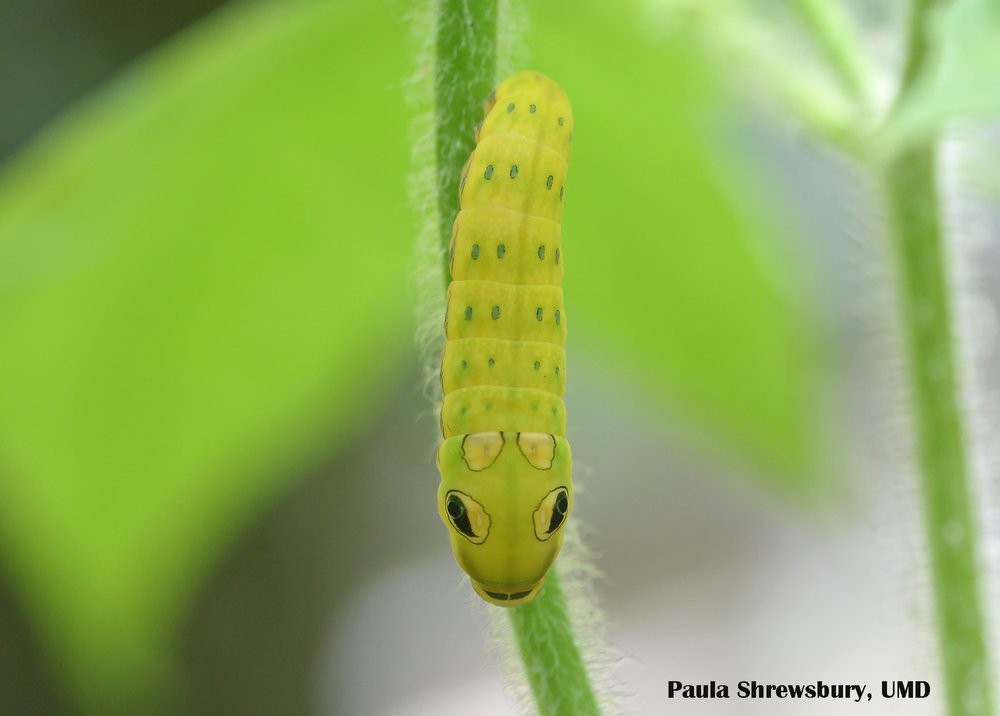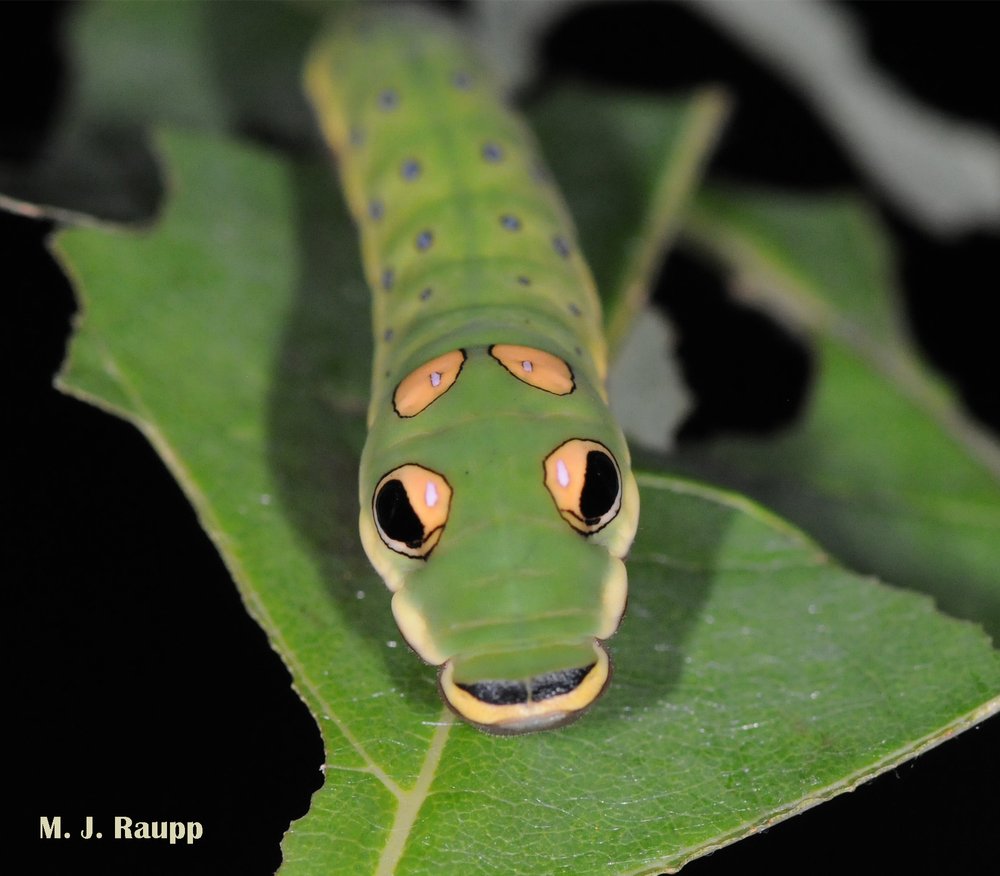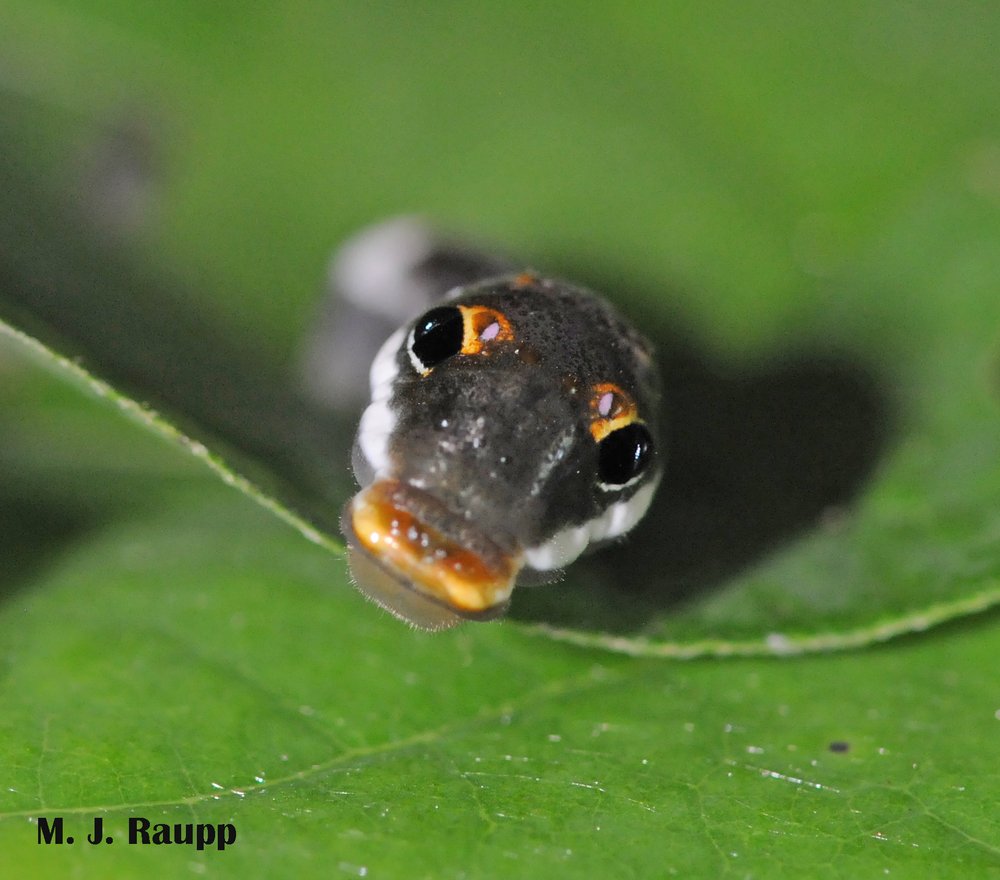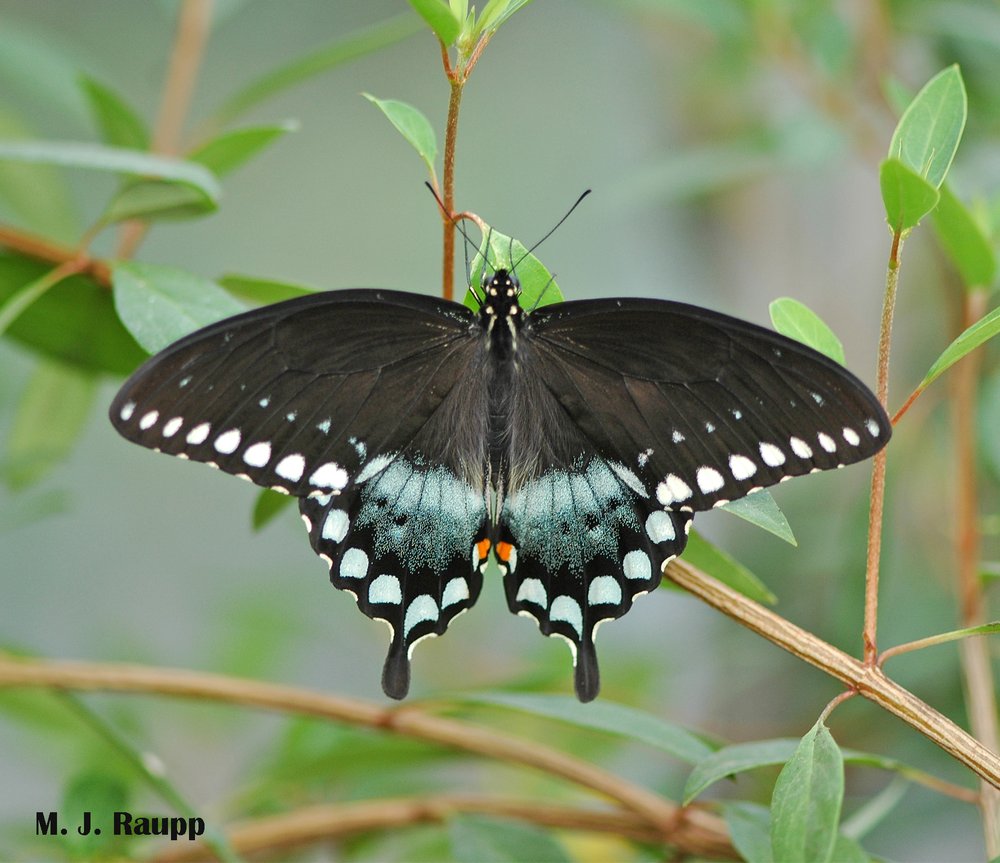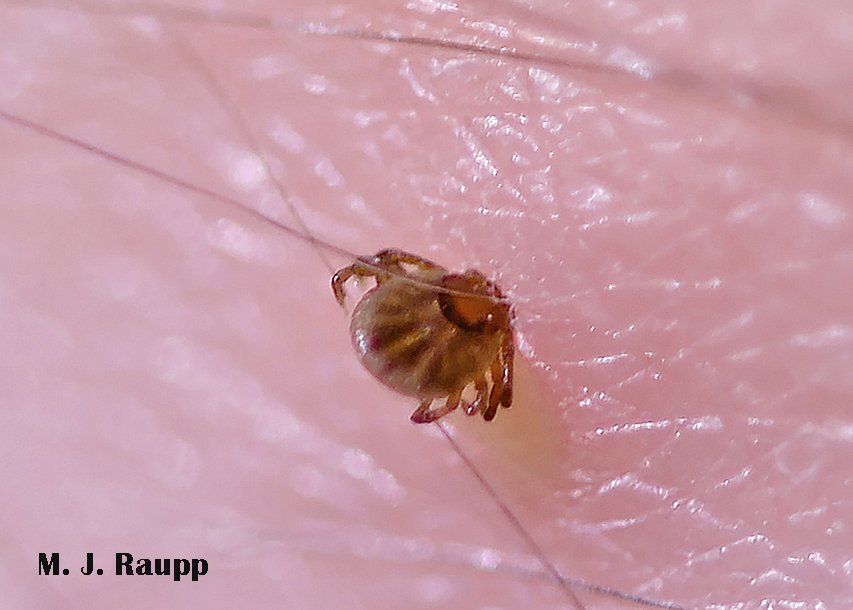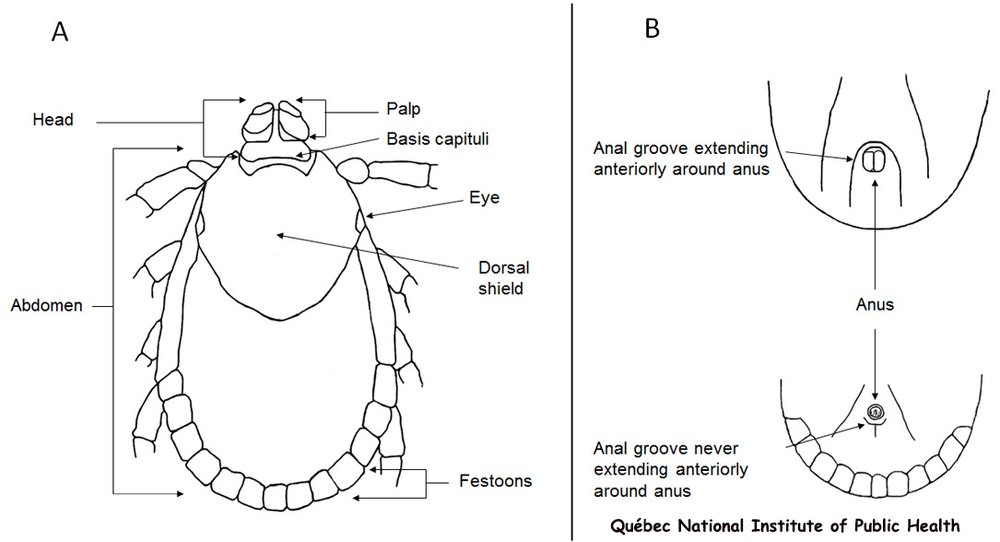Hammer time in the DMV: Hammerhead worms, Bipalium spp.

One look at a hammerhead worm lets you know how it got its name. Image credit: Kevin Ambrose
Ok, I know, this is supposed to be Bug of the Week, not Worm of the Week, but sometimes something so weird and creepy pops up that we need to spend some time on it. Last week a friend called and inquired if I had ever heard of hammerhead worms. I have heard of hammerhead sharks, hammerhead flies, and, of course M C Hammer from back in the day, but hammerhead worms, not so much. Turns out that a residence in northern Virginia is beset with creepy, slithering, predatory flatworms which make early morning forays to hunt and dine on unsuspecting earthworms, molluscs, and other small invertebrates in the landscape, as well as each other. These rascals from Asia are largely unseen in the lawn but clearly visible as they glide in slow motion across a driveway on a cool dewy morning.
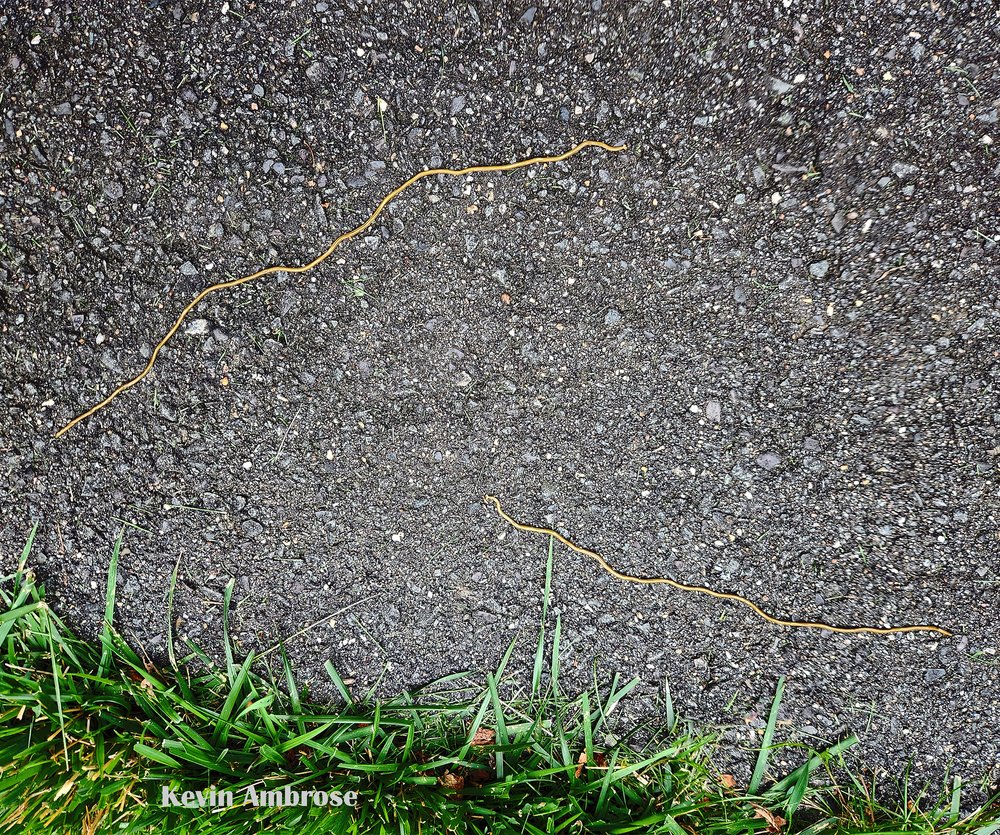
In the damp warmth of a summer morning, hammerhead worms can be found on paved surfaces as they move about the landscape. Image credit: Kevin Ambrose
Attempts to capture and remove the worms results in spontaneous fracturing of their bodies. Is this the demise of these creepy invaders? Not at all. Here’s why not. My first encounter with the clan of flatworms, the Platyhelminthes, was in high school biology where we met cute cross-eyed planaria. We were encouraged to cut these creatures in half so we could observe the mysterious and baffling phenomenon of body part regeneration. That’s right, slice these little guys in half and they fully regenerate the complementary portions of each body part, a miraculous two from one deal. Well, as members of the flatworm clan, it turns out that hammerhead worms can also regenerate missing body parts. My friend reported the individual segments of his fractured hammerhead worms independently slithered off the driveway into the grass where we can assume that they regenerated missing parts and resumed their hunt for small invertebrates. Hammerhead worms lack true mouthparts and they don’t chomp prey with jaws as do beetles or wasps. These flatworms immobilize victims with a coating of sticky slime, evert part of their digestive tract, and plunge it into the prey, where they slurp up body fluids and small particles of tissue.
In a small Tupperware bowl filled with soil and earthworms, hammerhead worms reveal how they got their name and how they roll. Their genus, Bipalium, is Latin for two-shovel and their expanded head does indeed resemble a two-sided shovel or spade. Watch as one cruises the container, investigating soil with its expanded head. Awhile later, I found it caressing the carcass of an earthworm. Potent tetrodotoxin secreted by the worm may help it subdue prey. Soon thereafter the worm investigated the deflated remains of one of its kin. Hammerhead worms are cannibalistic. Worms courtesy of Kevin Ambrose.
While this was my first encounter with hammerhead worms, they have been here in the US since 1901. They are commonly found in greenhouses in more than 14 states. Beyond greenhouses, iNaturalist reports thousands of sightings of hammerhead worms throughout the US, including several here in the DMV. So be on the lookout for these slimy rascals and if you spot one, please add your sighting to iNaturalist and maybe report your find to the state Department of Agriculture.

At 22 inches in length, this hammerhead worm takes first prize in the “how big can they get?” competition. Image credit: Kevin Ambrose
Oh, there is one last bit of creepy business associated with hammerhead worms. I had to wonder how this kind of slow-moving creature could assail and capture prey including more massive earthworms or slugs. In addition to super sticky slime, hammerhead worms have one more trick to subdue prey. They secrete potent, paralyzing tetrodotoxin, the same lethal toxin found in puffer fish. Tetrodotoxin is believed to incapacitate large prey so they can be consumed by the worm. This nasty toxin may also help the worm defend itself from its own predators. Domestic animals that contact or consume these worms may experience discomfort or illness and people who have handled the worm report skin irritations. So, heed the warning delivered by the Hammer back in the 90’s when he said “you can’t touch this.”
To learn more about hammerhead worms in the DMV, please click on this link: https://www.washingtonpost.com/weather/2023/07/22/hammerhead-worms-invasive-poisonous-dc/
Acknowledgements
Bug of the Week thanks Kevin Ambrose for sharing images and specimens of hammerhead worms that served as the inspiration for this episode. Articles used to prepare this story include the following: “Land Planarians, Bipalium kewense Moseley and Dolichoplana striata Moseley (Tricladida: Terricola)” by P. M. Choate and R. A. Dunn, “Confirmation and Distribution of Tetrodotoxin for the First Time in Terrestrial Invertebrates: Two Terrestrial Flatworm Species (Bipalium adventitium and Bipalium kewense) by Amber N. Stokes, Peter K. Ducey, Lorin Neuman-Lee, Charles T. Hanifin, Susannah S. French, Michael E. Pfrender, Edmund D. Brodie III, Edmund D. Brodie Jr., and “Hammerhead flatworm/Hammerhead slug” by the Texas Invasive Species Institute. We also thank Joan Hahn for introducing students to the wonders of flatworms and biology at Randolph High School.
This post appeared first on Bug of the Week
